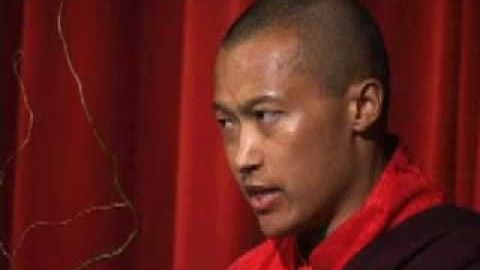
Subtitles & vocabulary
Meditation is Like Drinking Water -Sakyong Mipham Rinpoche. Shambhala
00
Hhart Budha posted on 2014/06/14Save
Video vocabulary
practice
US /ˈpræktɪs/
・
UK /'præktɪs/
- Noun
- The office and place for legal or medical work
- Doing something many times to become better at it
- Verb (Transitive/Intransitive)
- To work as a doctor or lawyer
- To live according to the teachings of a religion
A2TOEIC
More sense
US /sɛns/
・
UK /sens/
- Noun (Countable/Uncountable)
- Certain mental feeling or emotion
- Normal or clear state of mind
- Verb (Transitive/Intransitive)
- To perceive using sight, sound, taste touch etc.
- To recognize the presence of something
A1TOEIC
More people
US /ˈpipəl/
・
UK /'pi:pl/
- Noun (Countable/Uncountable)
- Persons sharing culture, country, background, etc.
- Men, Women, Children
- Transitive Verb
- To populate; to fill with people.
A1
More meditation
US /ˌmɛdɪˈteʃən/
・
UK /ˌmedɪ'teɪʃn/
- Noun (Countable/Uncountable)
- Act of deep and quiet thinking
- The practice of focusing one's mind for a period of time.
B2
More Use Energy
Unlock All Vocabulary
Unlock pronunciation, explanations, and filters
